Pobreza y nivel educativo en la región Huancavelica - Perú
Resumen
La educación tiene un impacto en el aseguramiento del consumo de los hogares que les permite superar las líneas de pobreza. Una adecuada gestión de las políticas públicas enfocadas en la transferencia de activos como una adecuada formación educativa puede convertirse en un determinante en la reducción de la probabilidad de caer en condición de pobreza. El objetivo de este trabajo es evaluar el papel que cumple los distintos niveles de educación para un individuo como determinante de la probabilidad de ser pobre empleando una metodología de regresión logística para el periodo 2021. Los resultados sugieren que la probabilidad de caer en condición de pobreza disminuye conforme se incrementa el grado de instrucción del individuo. Asimismo, se establece que la diferencia entre los efectos impactos probabilísticos se reducen a medida que se transita hacia un grado de instrucción inmediatamente superior.
Descargas
Citas
Aguilar, G. R., & Sumner, A. (2019). Who Are the World’s Poor? A New Profile of Global Multidimensional Poverty (Working Paper No. 499). Center for Global Development. https://www.cgdev.org/publication/who-are-worlds-poor-new-profile-global-multidimensional-poverty
Ashraf, M., Naveed, T., Saba, A., Asif, M., Sultan, A., & Haider, A. (2021). Factors That Determine The Path Of Intergenerational Mobility Of Poverty In Pakistan. Academy of Accounting and Financial Studies Journal, 25(5), 1-11. Scopus.
Beltrán B., A., & Castro, J. F. (2010). Modelos de datos de panel y variables dependientes limitadas: Teoría y práctica. Universidad del Pacífico. http://repositorio.up.edu.pe/handle/11354/2858
Bird, K., Chabé-Ferret, B., & Simons, A. (2022). Linking human capabilities with livelihood strategies to speed poverty reduction: Evidence from Rwanda. World Development, 151. Scopus. https://doi.org/10.1016/j.worlddev.2021.105728
Burchi, F., Malerba, D., Rippin, N., & Montenegro, C. E. (2019). Comparing global trends in multidimensional and income poverty and assessing horizontal inequalities (Working Paper N.o 2/2019). Deutsches Institut für Entwicklungspolitik. https://doi.org/10.23661/dp2.2019
CIDE. (2002). LOS MODELOS LOGIT Y PROBIT EN LA INVESTIGACIÓN SOCIAL: El caso de la pobreza del Perú en el año 2001. (Centro de Investigación y Desarrollo del Instituto Nacional de Estadística e Informática (INEI)). Centro de Edición de la Oficina Técnica de Difusión del INEI. https://www.inei.gob.pe/media/MenuRecursivo/publicaciones_digitales/Est/Lib0515/Libro.pdf
Gong, J., Wang, G., Wang, Y., & Zhao, Y. (2022). Consumption and poverty of older Chinese: 2011–2020. The Journal of the Economics of Ageing, 23, 100410. https://doi.org/10.1016/j.jeoa.2022.100410
Guisan, M.-C., & Exposito, P. (2021). INDUSTRY, EDUCATION, DEVELOPMENT AND QUALITY OF LIFE IN AFRICAN COUNTRIES, 1995-2020. Regional and Sectoral Economic Studies, 21(2), 53-77. Scopus.
INEI. (2021). Evolución de la Pobreza Monetaria, 2009-2020 (p. 207) [Informe Técnico]. Instituto Nacional de Estadística e Informática. https://www.inei.gob.pe/media/MenuRecursivo/publicaciones_digitales/Est/pobreza2020/Pobreza2020.pdf
Islam, T. U., Abrar, M., Arshad, R., & Akram, N. (2022). Income inequality in Pakistan. International Journal of Social Economics. Scopus. https://doi.org/10.1108/IJSE-09-2021-0573
Kolm, S.-C. (1977). Multidimensional Egalitarianisms. The Quarterly Journal of Economics, 91(1), 1-13. https://doi.org/10.2307/1883135
Li, S., Li, C., Hasan, M. M., Moudud-Ul-Huq, S., & Iram, R. (2021). Evaluating the role of education and human capital in poverty reduction and inclusive growth in South Asia. Singapore Economic Review. Scopus. https://doi.org/10.1142/S0217590821440069
Lucas, R. E. (1988). On the mechanics of economic development. Journal of Monetary Economics, 22(1), 3-42. https://doi.org/10.1016/0304-3932(88)90168-7
Luckyardi, S., Hurriyati, R., Disman, D., & Dirgantari, P. D. (2022). SIGNIFICANCES OF MARKETING EDUCATION IN REDUCING POVERTY IN INDONESIA: SPECIAL REVIEW ON QUALITY OF LIFE. Journal of Eastern European and Central Asian Research, 9(1), 101-111. Scopus. https://doi.org/10.15549/jeecar.v9i1.867
Mancero, X., & Villatoro, P. (2013). The multidimensional measurement of poverty. Twelfth Meeting of the Executive Committee of the Statistical Conference of the Americas. United Nations ECLAC, 1-11.
Martinez, A., & Perales, F. (2017). The Dynamics of Multidimensional Poverty in Contemporary Australia. Social Indicator Research, 130(2), 479-496.
Mina, O. E. C., & De Anda Casas, A. (2021). Productive structure and poverty in Mexico: A municipal analysis by three regions. Desarrollo y Sociedad, 2021(88), 129-168. Scopus. https://doi.org/10.13043/DYS.88.4
Mishra, P. K., Kumar, S., Arif, Mohd., Niyazi, A.-U., & Kaur, K. (2022). Poverty in Multidimensional Perspective: Policy Insights from Selected North Indian Districts. Millennial Asia, 13(2), 289-316. https://doi.org/10.1177/0976399620953396
Mohamad, N. A., Mat Desa, N. H., & Kasim, M. M. (2021). Development of Poverty Index for Districts in Kedah by Using CRITIC and Simple Additive Weighting Methods. Universal Journal of Accounting and Finance, 9(4), 790-795. Scopus. https://doi.org/10.13189/ujaf.2021.090425
Mussida, C., & Sciulli, D. (2022). The dynamics of poverty in Europe: What has changed after the great recession? Journal of Economic Inequality. Scopus. https://doi.org/10.1007/s10888-022-09527-9
Najarzadeh, R., Keikha, A., & Heydari, H. (2022). Poverty Risk, Inequality Decomposition and Educational Level of Household Heads. Iranian Economic Review, 26(1), 147-159. Scopus. https://doi.org/10.22059/ier.2020.77211
Lorca Velueta, E. M., Cárdenas Díaz, N., de la Cruz Caballero, A. M., Potenciano Morales, W., & López Guzmán, M. A. (2024). Las Competencias Digitales en los Estudiantes: Caso en Nivel Superior. Estudios Y Perspectivas Revista Científica Y Académica , 4(1), 2476–2490. https://doi.org/10.61384/r.c.a.v4i1.202
Hernández Sierra, M. G., Zapata Silva, I., Segura Mojica, F. J., Ramírez Gámez, B. E., & Escobar Cisneros, M. A. (2024). Modificación de los hábitos de lectura en jóvenes universitarios a partir de la inserción de formatos digitales. Revista Científica De Salud Y Desarrollo Humano, 5(2), 326–345. https://doi.org/10.61368/r.s.d.h.v5i2.138
Chávez, M. (2023). Tirzepatide: A Revolutionary Breakthrough in the Treatment of Type 2 Diabetes Mellitus and Obesity. Revista Veritas De Difusão Científica, 4(1), 96–110. https://doi.org/10.61616/rvdc.v4i1.39
Martínez, O., Aranda , R., Barreto , E., Fanego , J., Fernández , A., López , J., Medina , J., Meza , M., Muñoz , D., & Urbieta , J. (2024). Los tipos de discriminación laboral en las ciudades de Capiatá y San Lorenzo. Arandu UTIC, 11(1), 77–95. Recuperado a partir de https://www.uticvirtual.edu.py/revista.ojs/index.php/revistas/article/view/179
v, H., & Quispe Coca, R. A. (2024). Tecno Bio Gas. Horizonte Académico, 4(4), 17–23. Recuperado a partir de https://horizonteacademico.org/index.php/horizonte/article/view/14
Da Silva Santos , F., & López Vargas , R. (2020). Efecto del Estrés en la Función Inmune en Pacientes con Enfermedades Autoinmunes: una Revisión de Estudios Latinoamericanos. Revista Científica De Salud Y Desarrollo Humano, 1(1), 46–59. https://doi.org/10.61368/r.s.d.h.v1i1.9
Olaoye, O. O. (2022). Analysis of the prevalence of extreme poverty in Africa South of the Sahara: Do geographical proximity and corruption spillovers matter? Journal of Economic Studies. Scopus. https://doi.org/10.1108/JES-07-2021-0322
Pattayat, S. S., Parida, J. K., & Awasthi, I. C. (2022). Reducing Rural Poverty Through Non-farm Job Creation in India. Indian Journal of Labour Economics, 65(1), 137-160. Scopus. https://doi.org/10.1007/s41027-022-00359-9
Piachaud, D. (1987). Problems in the Definition and Measurement of Poverty*. Journal of Social Policy, 16(2), 147-164. https://doi.org/10.1017/S0047279400020353
Rebelo, S. (1991). Long-Run Policy Analysis and Long-Run Growth. Journal of Political Economy, 99(3), 500-521. https://doi.org/10.1086/261764
Romer, P. M. (1986). Increasing Returns and Long-Run Growth. Journal of Political Economy, 94(5), 1002-1037.
Romer, P. M. (1990). Endogenous Technological Change. Journal of Political Economy, 98(5), S71-S102.
Santos, M. E., & Villatoro, P. (2018). A Multidimensional Poverty Index for Latin America. Review of Income and Wealth, 64(1), 52-82. https://doi.org/10.1111/roiw.12275
Sen, A. (1993). Capability and Well‐Being. En M. Nussbaum & A. Sen (Eds.), The Quality of Life (p. 0). Oxford University Press. https://doi.org/10.1093/0198287976.003.0003
Vega Alvarez, E., & Huang Chang, Y. (2024). Blended Learning, and Its Impact on English Speaking Skills in Pronunciation in Group 11-4 of Liceo de Santo Domingo, I Quarter 2024. Ciencia Y Reflexión, 3(2), 159–173. https://doi.org/10.70747/cr.v3i2.18
Chavarría Hidalgo, C. (2024). Calculation of productive capacity: From theory to practice. Ciencia Y Reflexión, 3(2), 194–214. https://doi.org/10.70747/cr.v3i2.20
Agrela Rodrigues, F. de A., Moreira da Silveira, F., Moreira de Lima, M. R., & Pinto Uchôa , K. S. (2024). Identificando a Inteligência em Crianças: Traços Físicos e Comportamentais. Ciencia Y Reflexión, 3(2), 21–51. https://doi.org/10.70747/cr.v3i2.5
Townsend, P. (1993). The International Analysis of Poverty. Harvester Wheatsheaf.
Yamada, G., & Castro, J. F. (2008). Gasto público y desarrollo social en Guatemala: Diagnósitico y propuestas de medidas. Documento inédito. Universidad del Pacífico.
Zanbak, M. (2022). Multidimensional Measurement of Poverty Among Employed Women in Antalya. Istanbul University Journal of the School of Business, 51(1), 209-. Gale OneFile: Economics and Theory.
Zeng, J., & Zhang, J. (2022). Education policies and development with threshold human capital externalities. Economic Modelling, 108. Scopus. https://doi.org/10.1016/j.econmod.2021.105744
Derechos de autor 2025 Max Henrry Alvarado Anampa , Mabel Yesica Escobar Soldevilla, José Luis De la Cruz Ccora, Felix Gomex De la Cruz, Karina Eddmy Madrid Gómez

Esta obra está bajo licencia internacional Creative Commons Reconocimiento 4.0.


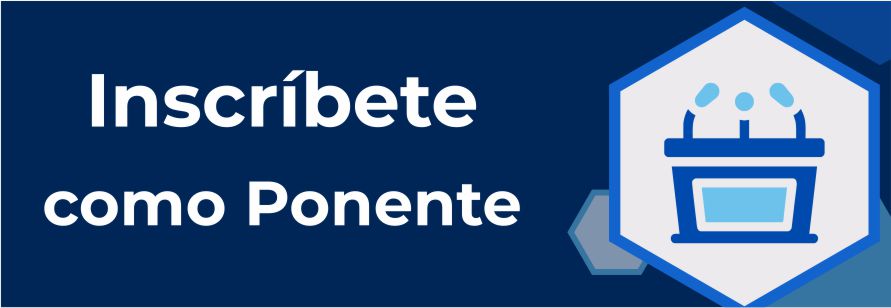
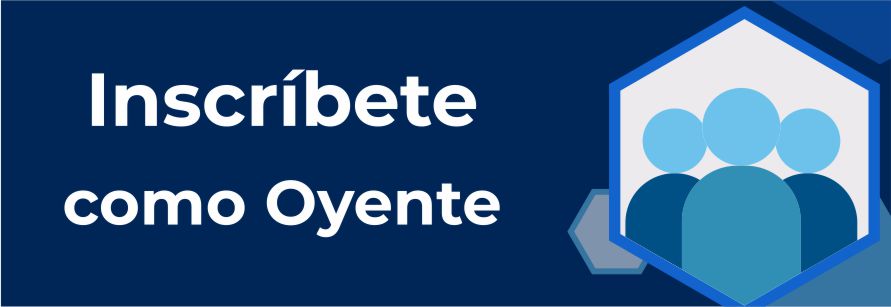

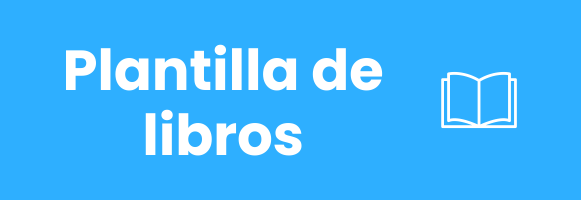
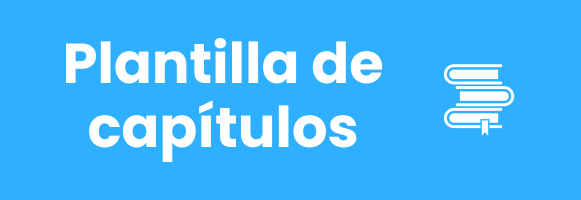
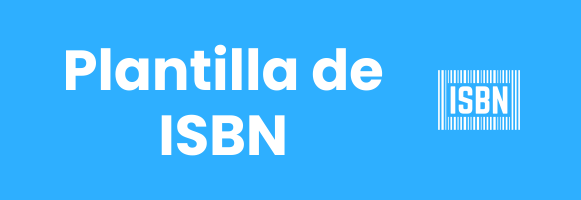



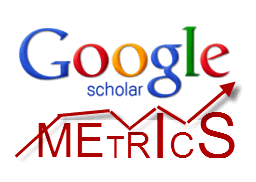
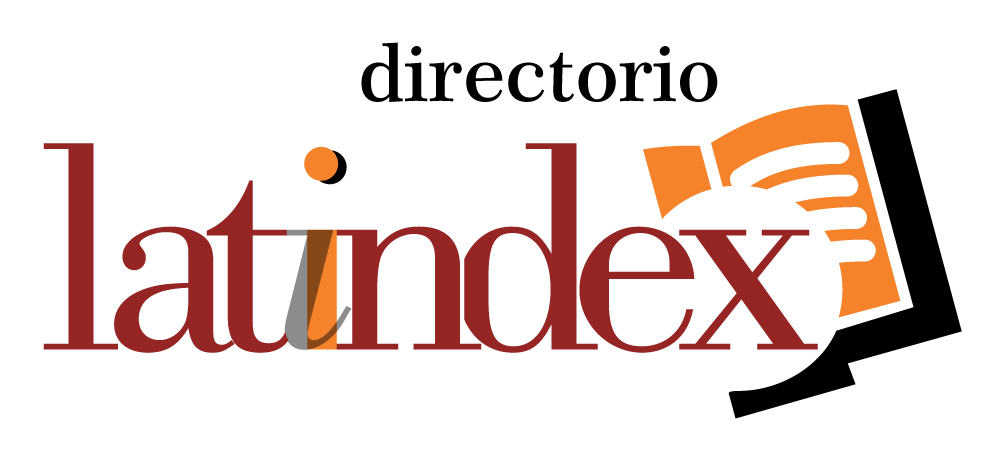
.png)
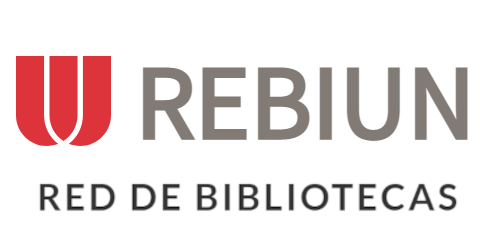







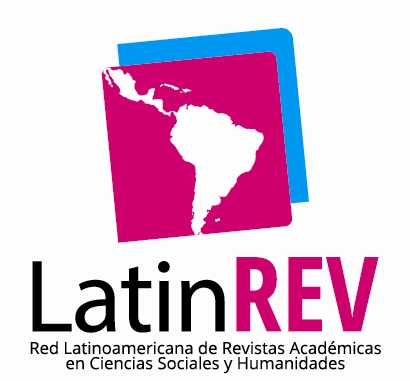

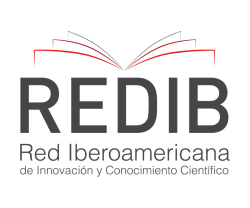


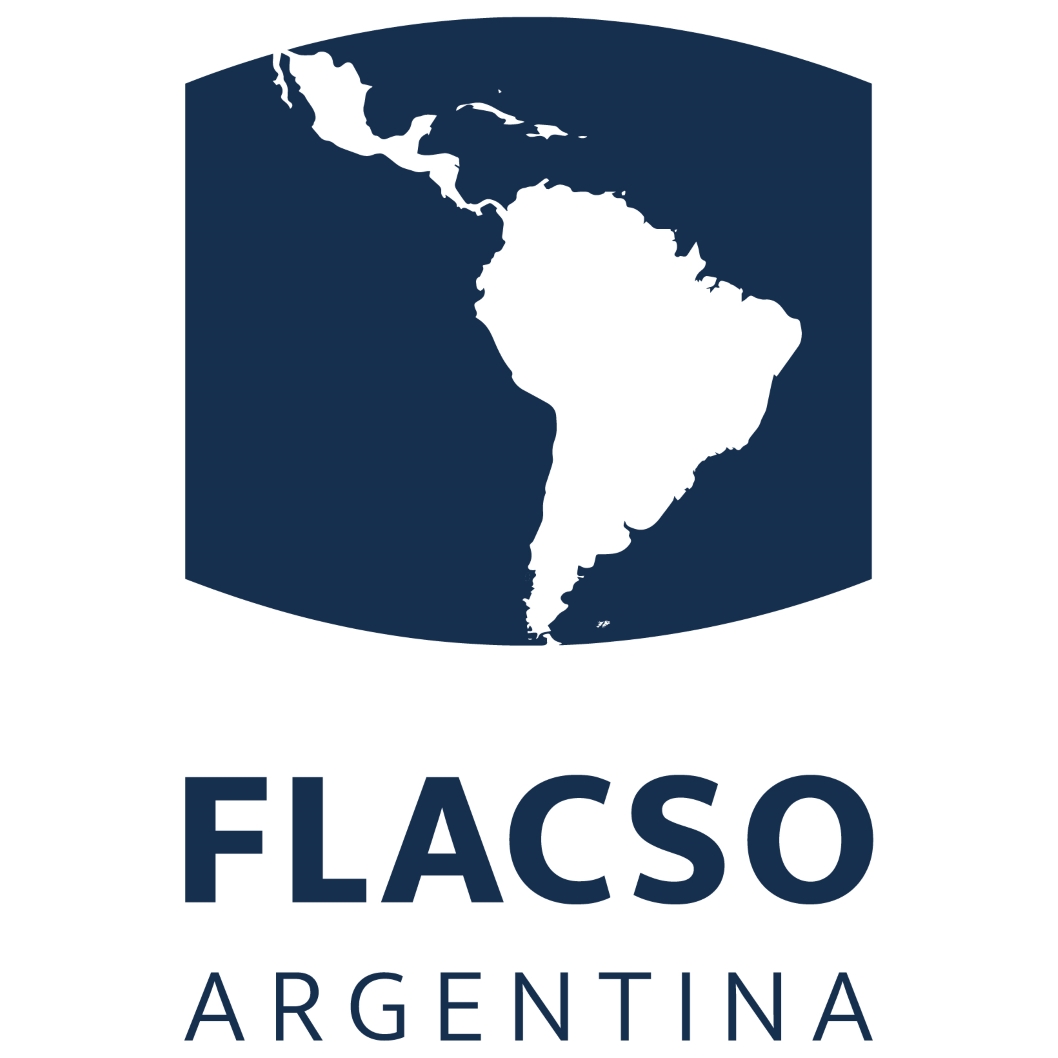

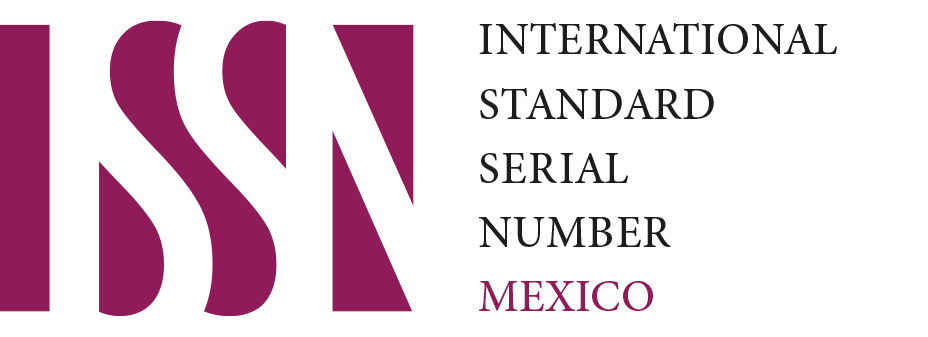




.png)
1.png)


